|
You need to write a blog. Maybe it’s for your own website, maybe you’re a guest on another blog. Regardless, you need to make sure every blog you write is as effective as it can be. There are different definitions of “effective,” depending on why you’re writing a blog. Maybe...
But it’s not enough to just write and hope it works. There’s no, “Well, it may not help, but it can’t hurt, right?” Because the truth is, a bad blog can hurt. There’s a misconception that if you write blogs, it will help your website. But that’s not necessarily true. Bad blogs can...
It’s not enough to just put some half-effort, generic content up and hope for the best. You need forethought and intentionality to make a blog work for you. ForethoughtBefore you get started, before you even make an outline… because I know you make an outline, right?... take a few minutes to think about the blog. You need to know three main things going in, your Purpose (what you want to accomplish with this blog), your Audience (who is most likely to respond to this blog), and your Focus (what exactly are you going to write about). Purpose What do you want people to do after reading this blog? Buy your book? Go to your portfolio? Follow you on Twitter? Before you even start writing, think about what you want your reader to actually do when they’re done. Examples: Think of me as an expert and hire me as a fantasy comic illustrator. Buy my book, Drawing Dragons. Follow me and interact with me on IG. Audience Determine who, as exactly as possible, will be most likely to do what it is you want to do. Create an imaginary persona if you need to, but give them qualities, interests, and problems that you can help solve. Examples:
Focus Rambling on and on typically doesn’t appeal to readers. Have a central focus/ idea/topic and stick with it. But be specific. Don’t give a general overview of illustrating dragons. Focus on one aspect. Then focus even more. And then even more. And so on.
Deciding your purpose, audience, and focus is the starting place. Your blog will be more effective, whatever that means for you, if you know who the reader is and how you want them to get where you want them to be. Throughout every step of the writing process you need to keep these three things in mind. But, of course, there’s still a little bit more to it than that! INTENTIONALITYOnce you’ve determined your Purpose, Audience, and Focus, you can finally get to writing. When you feel you’ve at least got a good, fleshed out outline, take a moment to consider how you’re going to polish it up. Here are a few things to consider when you’re putting the final touches on your blog. Length- Longer blogs (1,500 to 2,500 words) perform best for SEO... as long as they’re interesting and/or informative. Don’t just go on and on for 1,500 words. It’s more about quality than quantity, but it should be quality and quantity. Make sure your writing is well-organized, entertaining, and, if possible, informative. Just think about who would want to read this, what are they looking for, what do they want to continue reading for 15 minutes or more. Title You want a title that will describe what you’re writing, but you want it to also be intriguing. Meet the interests and/or needs of the audience you’re targeting. Also consider echoing the readers’ thoughts. Ask a question they might be asking when they come across your blog. Or better yet, answer the question they didn’t know they were asking. Examples:
Poor quality, oddly sized/spaced, and irrelevant images can harm your credibility and frustrate your reader, inspiring them to leave. Also, if you work on the back-end of the blog, make sure you name the file, tag the photo where possible, and provide alternative text, all using as many keywords as you can, to improve SEO (and be cool to the visually impaired). Links Incorporating links to relevant, reliable sources that actually get clicked can improve your reader’s experience as well as your SEO, but they can be tricky if not done well. Here are some tips:
Formatting Keep in mind that reading on a website is very different from reading a hard copy. It’s much easier to lose your place on a computer, which can be frustrating to the reader and may, in fact, inspire them to leave. Use appropriately placed visual cues and breaks, like:
Effective formatting allows the reader to stop for a brief moment, readjust themselves without losing their place, and skip parts they wouldn’t necessarily want to read… which is ok if you want to keep someone on your page instead of making them trudge through the mud and potentially lose interest. Call to Action This is a sales term that means, “Getting your reader to do what it is you want them to do.” But don’t think of it as a sales pitch. Think of it as giving the reader what they want. If you put the forethought into the blog, then you wrote a focused blog with purpose for a particular audience. Likely you’ve gotten your reader to a place where they want to do the thing you want them to do. So let them do it in as easy a manner as possible. The easiest and most obvious way is with text that says exactly what you want them to do and a hyperlink to where they can do that thing. Definitely have this at the end of your page. Examples:
But you can add calls to action within your writing in more subtle ways as oart of the sentence, context, etc. Examples:
Of course, sometimes you might direct them to another page that has the call to action on it, like a related blog or product page. The idea is to empower your reader to do the thing they now want to do.
Side note: If you’re guest blogging, don’t forget to use your bio for a call to action. In many cases, this is where people are looking for more information about the author, and chances are the reason you’re guest blogging is to get something from the reader. Obviously there’s more to writing compelling blog copy than this brief list I’ve provided. But with these basic elements of a good blog...or any content, honestly... you’re far better off than simply writing a good paragraph or two. And if you realize you’re in over your head, you can always invest in professional blog content for your brand. The right content writer will be able to align your goals with your content and create interesting, personalized content that improves engagement and SEO. Aaaannnnddd here’s a summary checklist for you!
0 Comments
Leave a Reply. |
AuthorTara Cloud Clark provides freelance consultation, strategy, and implementation for Branding and Identity, Social Media and Content, and Project Management. Here she provides tips on these topics. Archives
September 2021
Categories
All
|
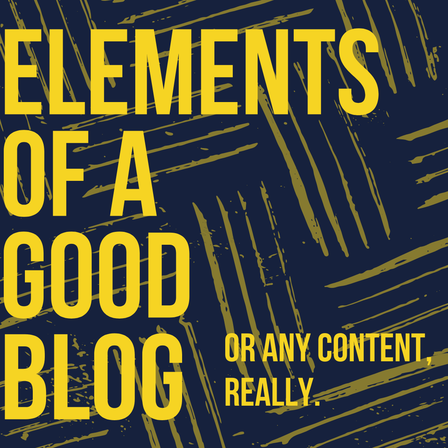

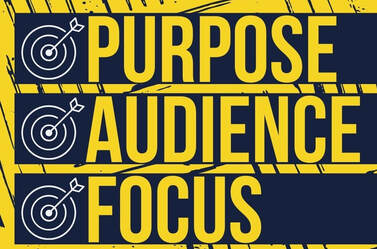
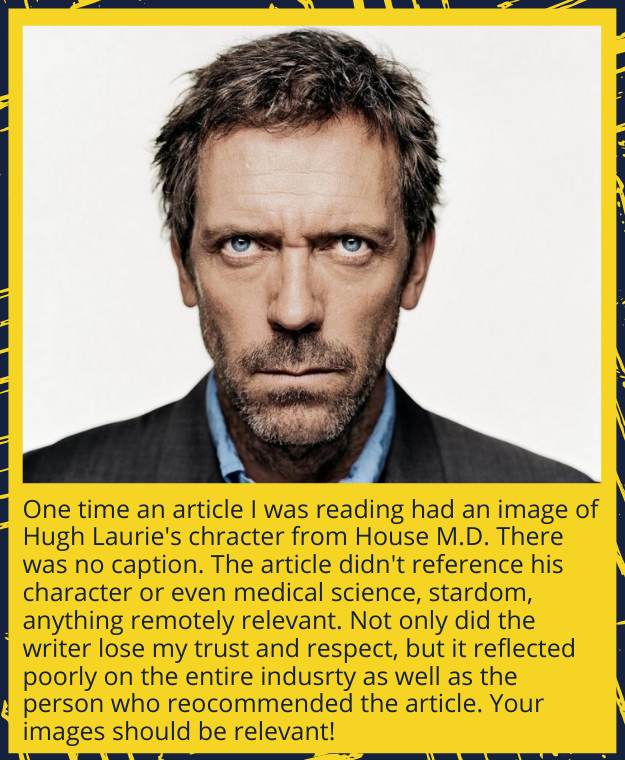
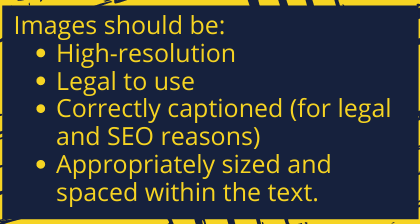
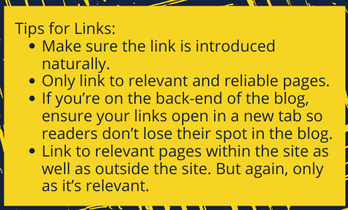
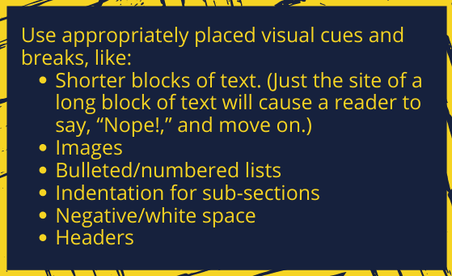
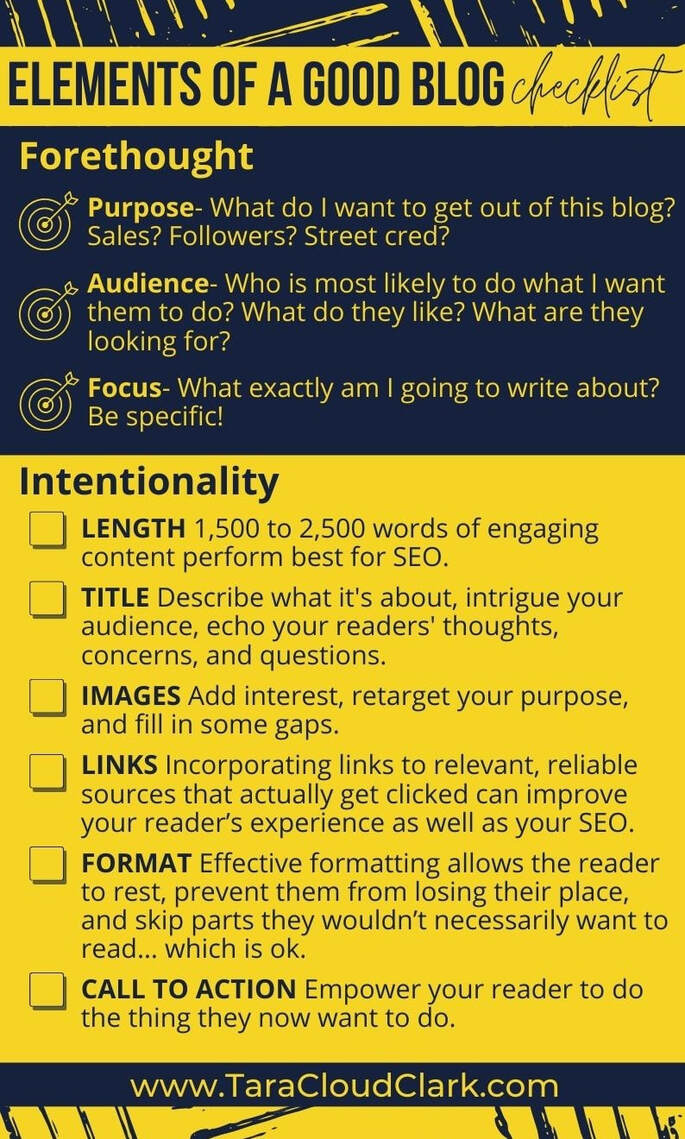
 RSS Feed
RSS Feed
